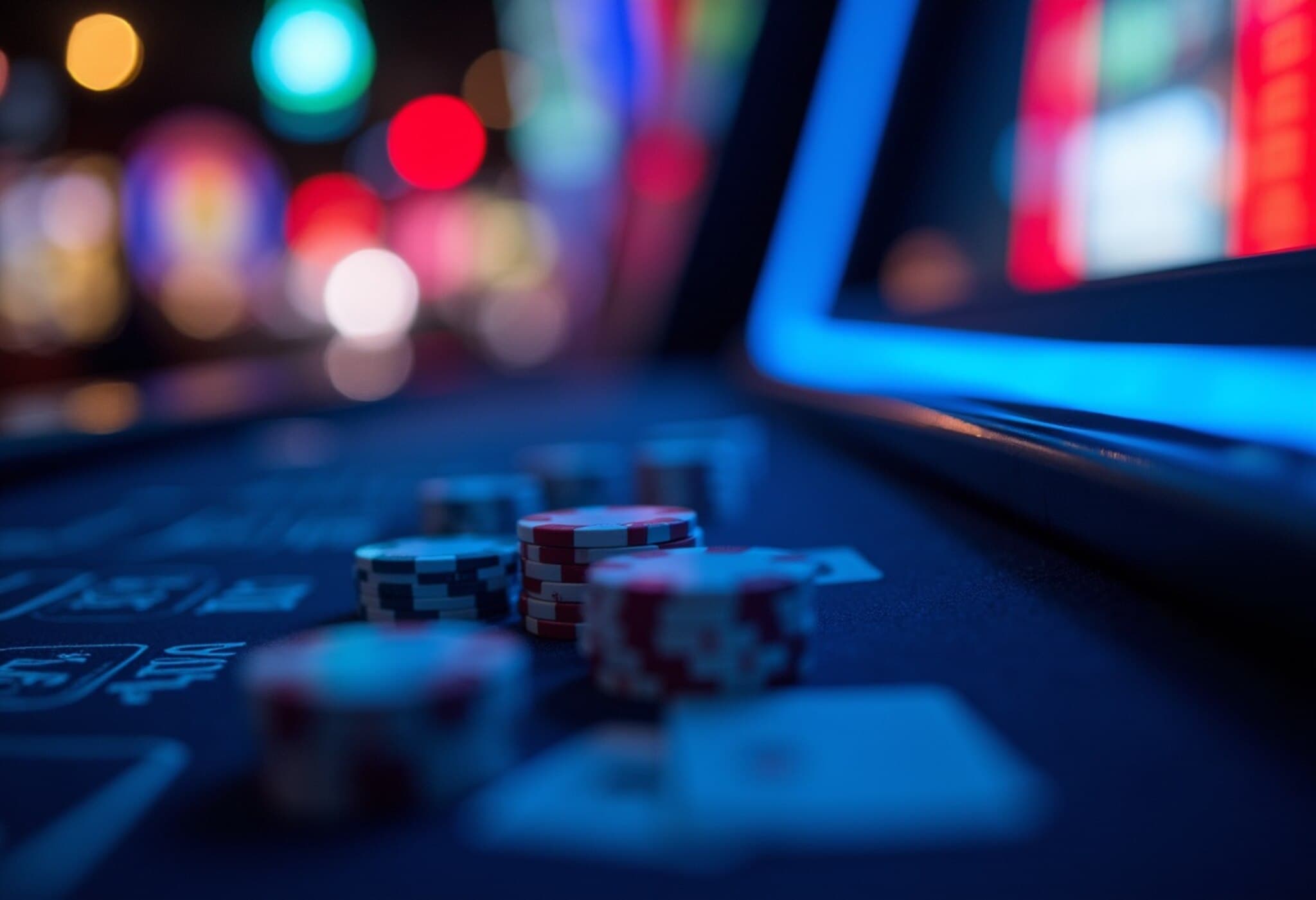The Subtle Power of Casino Lighting on Gambling Behavior
Casinos are expertly designed spaces. Beyond their flashy decor and enticing games, the lighting inside these gambling venues plays a significant, yet often overlooked, role in shaping how we make decisions. Emerging research reveals that specific lighting conditions can push gamblers toward riskier choices by altering emotional responses to losses.
Blue-Enriched Lighting and Its Impact on Risk-Taking
A recent study highlights that exposure to blue-enriched light—the sharp, cool tones common in LED fixtures and digital screens—can reduce a gambler’s sensitivity to losing money. In controlled settings, participants faced with this kind of illumination tended to place riskier bets and showed a muted emotional response to setbacks.
This phenomenon is believed to have biological roots. Our bodies are attuned not only to light for vision but also for regulating internal clocks and emotional states. Blue light, in particular, affects the production of melatonin, the hormone responsible for signaling the body to prepare for rest.
How Blue Light Affects the Brain and Decision-Making
More than just disrupting sleep cycles, blue light appears to stimulate neural circuits tied to anticipation and risk evaluation. This heightened arousal seems to dull our natural caution, encouraging risk-taking even when the odds aren’t in our favor.
Lighting’s Broader Psychological Influence
The influence of lighting extends beyond gambling:
- Cool, blue-toned lighting can increase alertness and concentration, which explains its popularity in workplaces and schools.
- Warmer lighting tends to be relaxing and is recommended in the evening to promote healthier sleep.
- Retail environments use targeted lighting, like spotlights and intense LEDs, to highlight products and boost sales by making items more visually appealing.
Each shade and intensity of light carries emotionally charged meaning. For example, red lighting stimulates the sympathetic nervous system, ramping up physiological readiness and arousal. Green lighting may have soothing effects and can ease sensitivity in conditions like migraines.
Sound and Sensory Design: The Other Half of the Gambler’s Experience
Lighting is just one part of a carefully crafted sensory atmosphere. Sound plays an equally critical role in heightening engagement and affecting risk attitudes:
- Fast-paced music and sounds can accelerate decisions, reducing caution and creating urgency.
- Celebratory jingles and flashing lights often accompany wins — and, intriguingly, they sometimes play even after losses, creating a sensory illusion of success known as a "loss disguised as win." This confuses the brain, distorting judgement and encouraging continued play.
Studies show that the combination of red lighting and casino sounds effectively suppresses the cognitive pauses that usually follow losing, leading gamblers to persist without reflection.
The Digital Casino: Transferring Sensory Manipulation Online
As gambling increasingly shifts to online platforms, designers replicate these stimuli digitally. Flashing animations, vibrant color schemes, and background audio mimic a physical casino’s immersive environment. The blue light from screens, especially during nighttime sessions, can intensify stimulation, potentially amplifying risky behaviors observed offline.
Fostering Healthier Gambling Environments
Given these insights, modifying lighting in gambling venues could be a straightforward measure to encourage safer play. Warmer, softer lighting might help reduce impulsivity and improve emotional sensitivity to losses.
On the digital front, managing screen brightness, employing blue light filters during night hours, or muting in-game sounds can help mitigate some of the psychological effects at play.
Beyond Personal Choices: The Case for Policy Intervention
Adjusting environmental design within gambling spaces should not be viewed as mere decoration. Instead, it demands thoughtful policy consideration, recognizing these factors as powerful behavioral influencers. Responsible regulation is key to protecting players’ wellbeing, promoting fair play rather than purely profit-driven design.
Final Thoughts
From the glow of a blue LED to the ping of a slot machine’s jingle, every sensory cue in gambling environments is deliberately crafted to captivate and encourage risk-taking. Recognizing this hidden science empowers individuals and regulators alike to better understand and manage the forces nudging gamblers toward riskier bets.











